With the successful visit of Vietnam’s President Tran Dai Quang to India, from 2nd to 4th March, 2018, the relationship between the two countries are expected to mount to another level. The main agenda of the visit was a discussion on the possibilities of trade and defense collaboration and exchange. This was Quang’s first visit to India as President. He landed in the country with 18 delegates, including Foreign Minister Pham Binh Minh, Deputy PM, ministers for trade and industry, and ministers of planning and investment.
Earlier in Jan, Vietnam’s Prime Minister, Nguyen XuanPhuc, visited India on Republic day, to strengthen the partnership between the two countries. The visit also marked the manifestation of a landmark Memorandum of Understandings (MoUs) in port development and civil nuclear cooperation, which speaks volumes about how much Hanoi values defense partnership with India.
In view of China’s destructive posturing in the South China Sea, both Vietnam and India have recognized maritime security as one of the foremost areas in which they should unite. Three major agreements were signed that including nuclear cooperation and enhancement of trade and agricultural research. A MoU on cooperation between GCNEP and VINATOM was also discussed. The main purpose of the MoU is to support the technical cooperation of atomic energy.
South China Sea is a major crisis with abilities to swift a major conflict. While China entitles this part of the ocean space in its zone, there are several other claimants in the region who claims certain parts of the Sea falling in their zones. Although India is not directly involved in the matter, it is more concerned about China’s attempt to control this ocean space as trillion dollars of trade pass through the ocean every year. India has also its own economic stake as it has joined Vietnam on its invitation for joint exploration of oil and gas reserves off the coast of Vietnam in the South China Sea. After the discussion, Quang welcomed Indian businesses to expand their oil and gas exploitation and exploration activities on land and in the inland shelf and Exclusive Economic Zone of Vietnam”.
Though no agreement was signed in the field of defence cooperation, both are expected to continue to work on fulfilling India’s $100 million Credit Line commitment to Vietnam, some of which has been used for procuring Offshore Patrol Vehicles (OPVs), while talks continue on Akash Surface to Air Missile systems (SR-SAMS) and Dhruv advanced light helicopters. Vietnam has also from time to time expressed its desire to purchase BrahMos supersonic missiles from India. Both Modi and Quang also agreed to enhance exploring the possibility of co-production and opportunities in transfer of technology in defence manufacturing. Military-to-military cooperation between the services is also going on. The two countries also agreed to strengthen relations in different sectors such as renewable energy, agriculture, textiles and petroleum.
The two countries also signed a MoU on economic and trade cooperation aimed at establishing a framework for enhancing economic and trade promotion.In terms of trade, both are striving to bring bilateral trade to $15 billion by 2020. In the fiscal 2016-17, bilateral trade stood at $6.24 billion, an increase of 40 per cent from the previous year. From his side, Quang underlined his country’s commitment to creating favourable conditions for businesses in areas ranging from information technology to infrastructure. In a joint statement issued, both sides agreed to hold the next meeting of the Joint Sub-Commission on Trade in Vietnam’s capital city of Hanoi in 2018 at the earliest. The joint statement stated: “In order to realize potential to both increase the volume of trade and diversify its composition, they (Modi and Quang) requested the relevant ministries and agencies on both sides to explore substantive and practical measures to achieve the trade target of USD 15 billion by 2020 including but not limited to utilising established mechanisms, strengthening exchanges of trade delegations, business-to-business contacts, regular organisation of trade fairs and events”. Both sides urged leaders of business and industry of both countries to explore new trade and investment opportunities in identified priority areas of cooperation.
A work plan for the years 2018-2022 between the Indian Council of Agricultural Research and Ministry of Agriculture and Rural Development of Vietnam was also signed between the two countries. The purpose of this work plan is to promote cooperation in the transfer of technology and exchange of visits of technical experts in the field of agriculture. India requested Vietnam to consider signing the Framework Agreement of the International Solar Alliance to strengthen cooperation in the renewable energy space. Vietnam agreed to examine.
When Modi visited Vietnam in 2016, the “strategic partnership” was elevated to a “special strategic partnership”. Quang committed to further deepen this partnership. In 2016, Modi had announced a grant of $5 million for the construction of an Army Software Park at the Telecommunications University in NhaTrang. A Line of Credit of $100 million is already being used for eight off-shore patrol vessels to Vietnam. The armies of the two countries conducted joint military exercise in February for the first time. Vietnam also buys defence equipment for its navy and air force. Also, though Vietnam has shown an interest in buying the Brahmos supersonic missile from India, not much headway been made. Negotiations on terms and conditions are under way.
The fact that a business delegation of 65 businessmen from 34 Vietnamese companies visited India with Quang and had interaction with prominent Indian businessmen shows that Vietnam is keen to deepen economic and business ties with India. As regards the composition of trade, while Vietnam exports a lot of manufacturing products such as mobile phones, machineries and computers, India’s export basket to the Vietnamese market includes machineries, textile materials, sea food and medicines. Despite the enthusiasm shown by both sides, the trade volume has not reached the expected level.
India continues to be among Vietnam’s top ten largest trading partners. Though overall bilateral trade volume is below the desired level, it has increased 16 per cent per annum on average in the past decade and this is an achievement. Many major Indian firms have established and expanded their footprints in Vietnam. The growth trajectory cannot be overlooked. What also cannot be overlooked is the fact that India has given priority to Vietnam in development cooperation and education and training and focused on areas such as science and technology, information and communication.
Investments from India in Vietnam are still very low. India ranks 28th among the 126 countries and territories investing in Vietnam in 2017 with 168 projects and total registered capital of $756 million. Many major Indian corporations, including Tata group, ONGC and Essar, have sound business in Vietnam. Vietnam expects more investments from India, so that the target of $15 billion in bilateral trade by 2020 can be realised. India’s strength in renewable energy, manufacturing, IT, infrastructure, could be attractive for Vietnam. Both need to strengthen bilateral and regional connectivity as well as infrastructural connectivity such as air links, roads and maritime links, and digital connectivity. Under Modi’s Act East thrust, these areas are the preferred projects and shall contribute to a win-win situation when energies of both sides are unleashed. Quang’s visit should be viewed from this perspective.
Writer: Rajaram Panda
Courtesy: The Pioneer







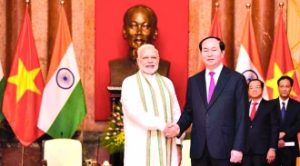
 OpinionExpress.In
OpinionExpress.In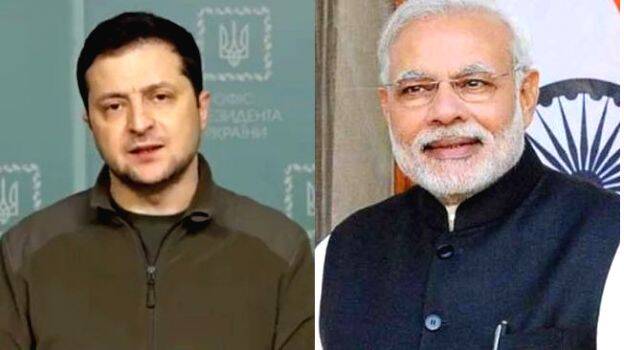
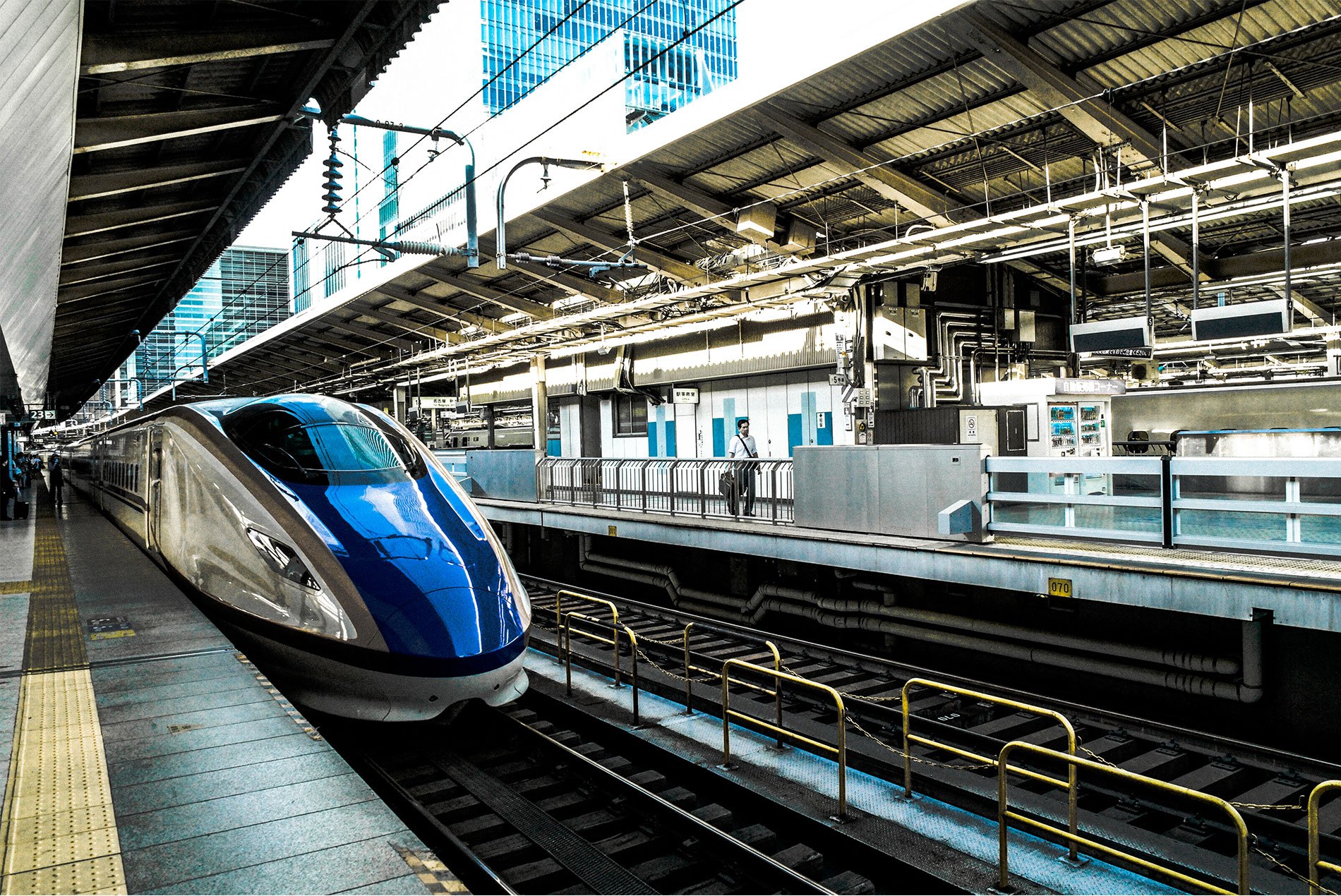
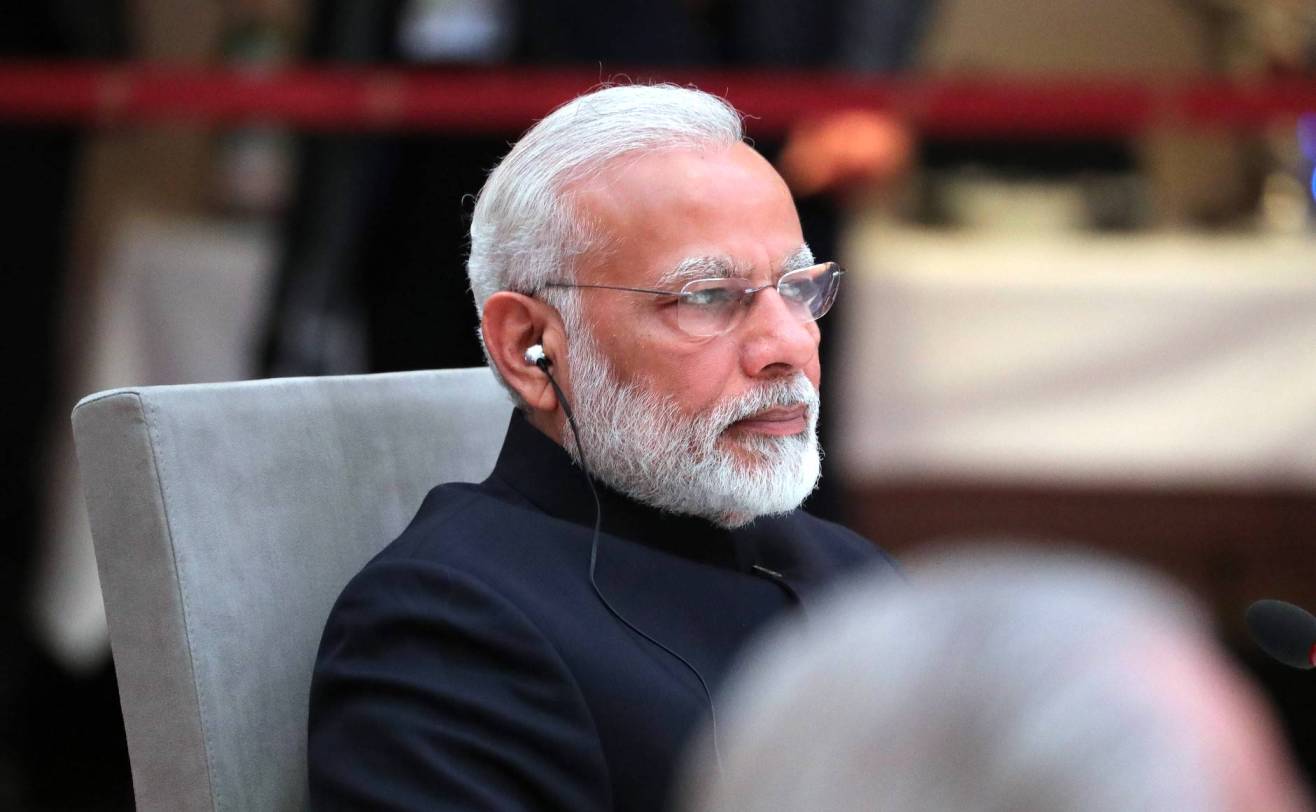
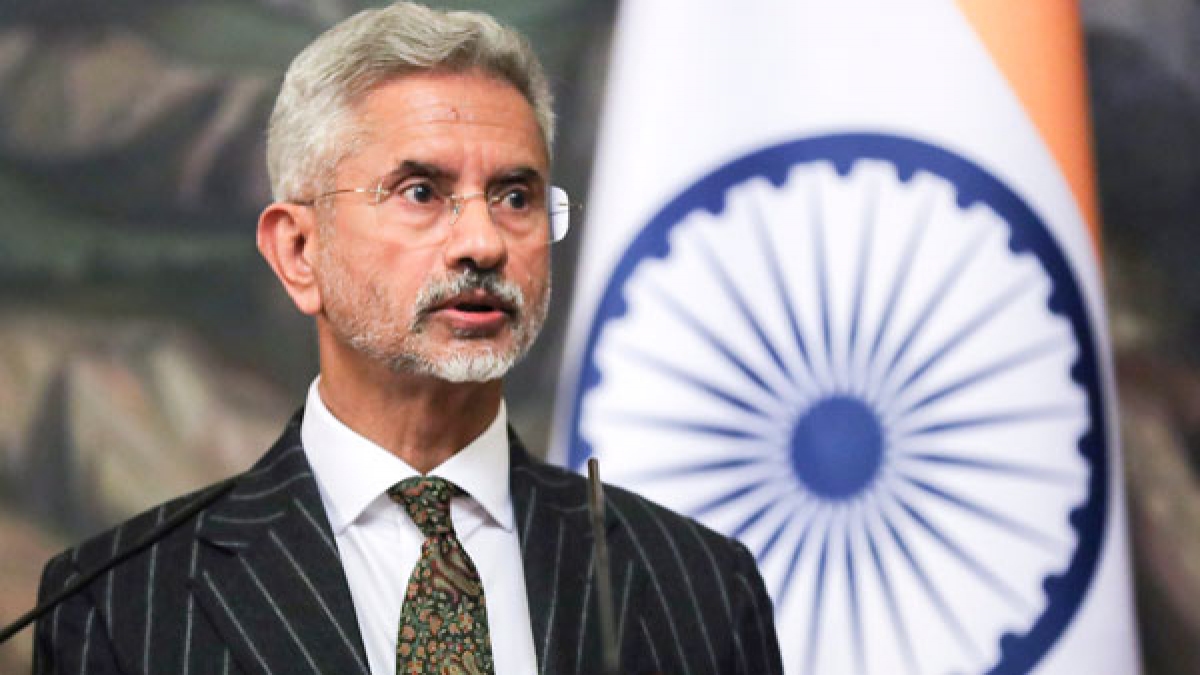
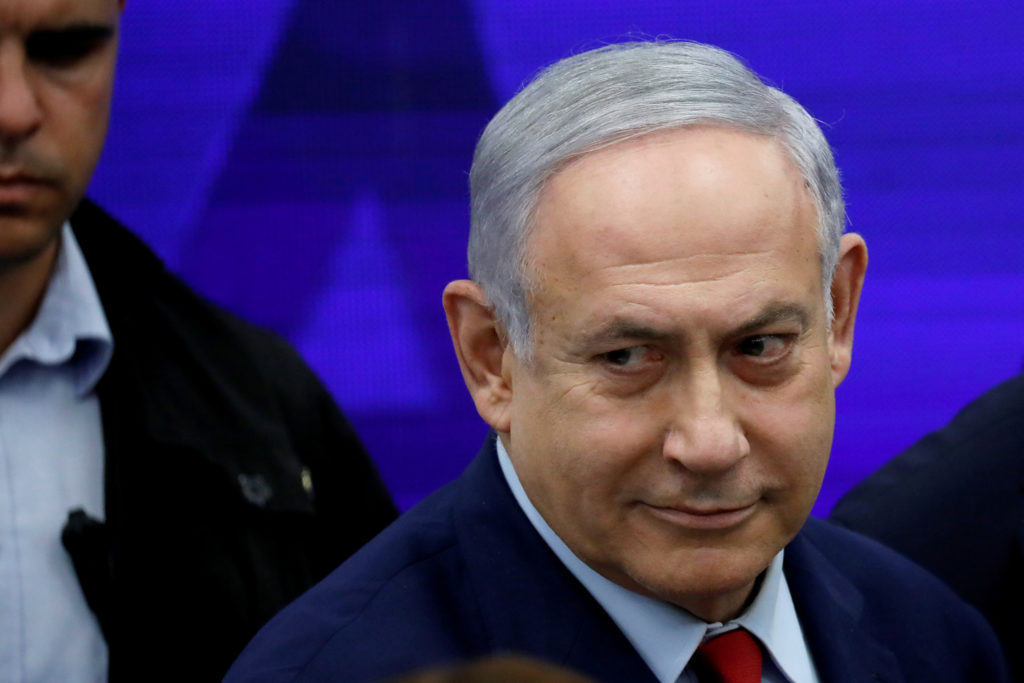
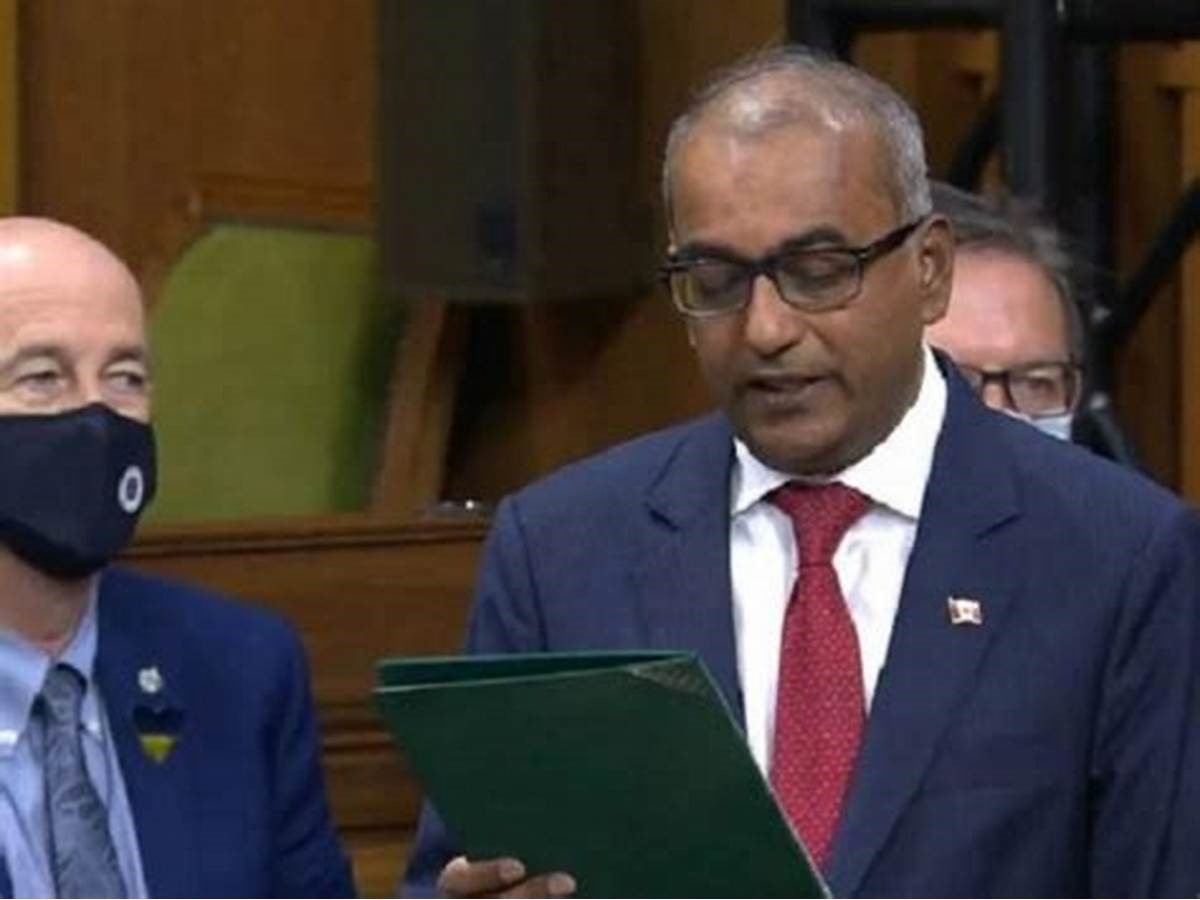
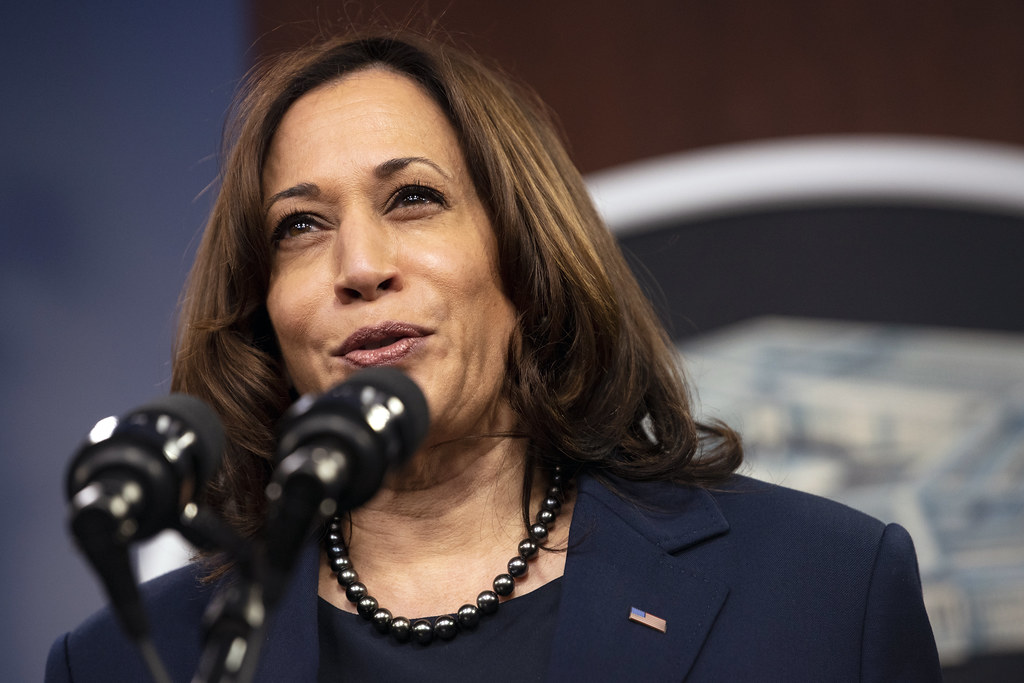
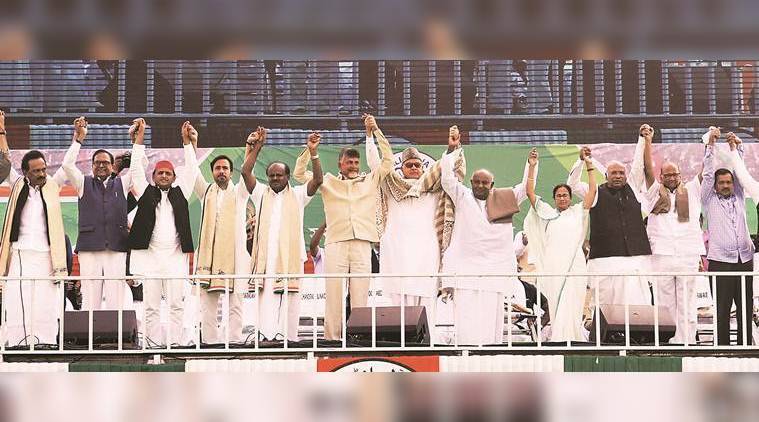
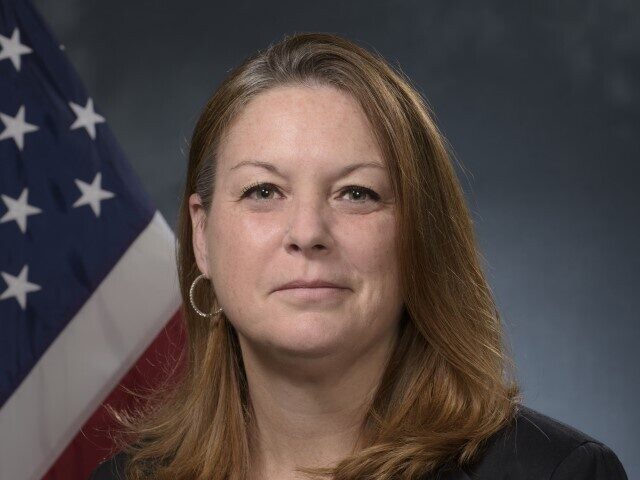
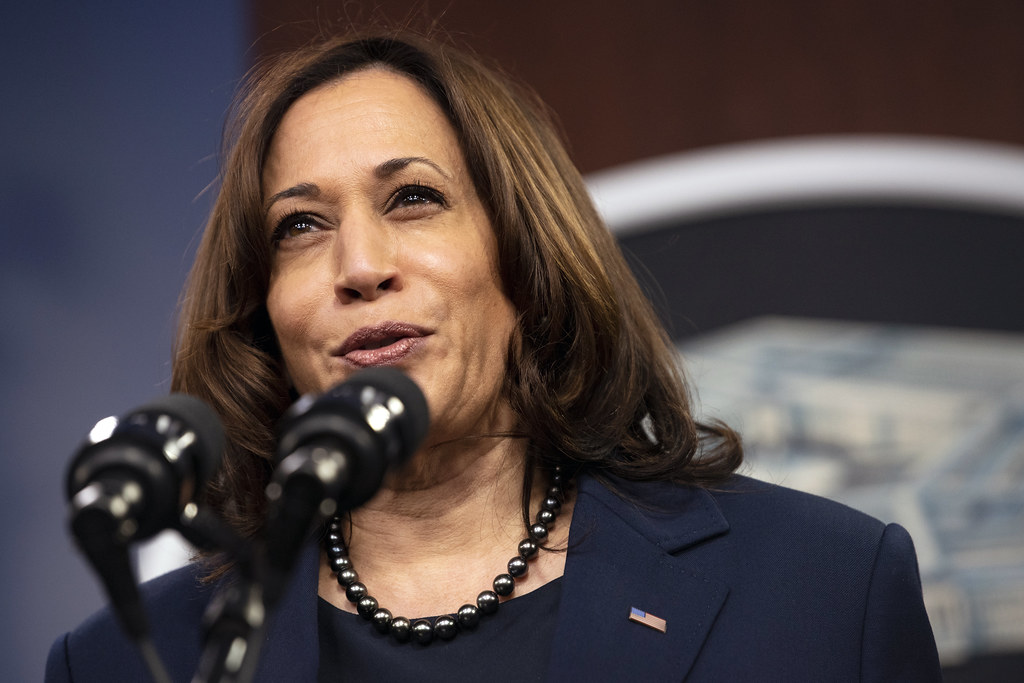






Comments (0)